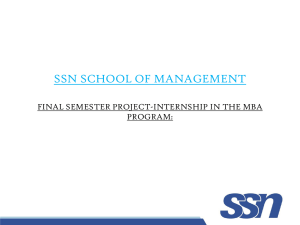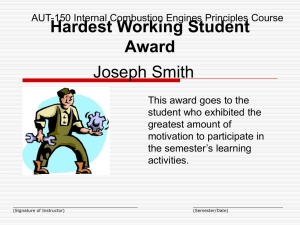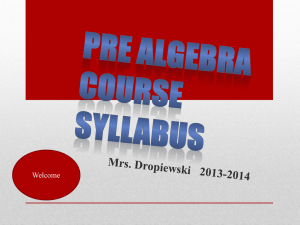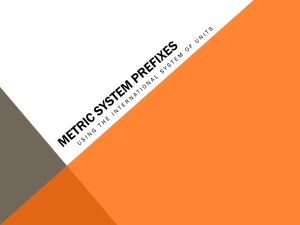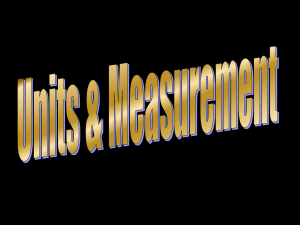Unit 1 Intro to Physical Science
advertisement
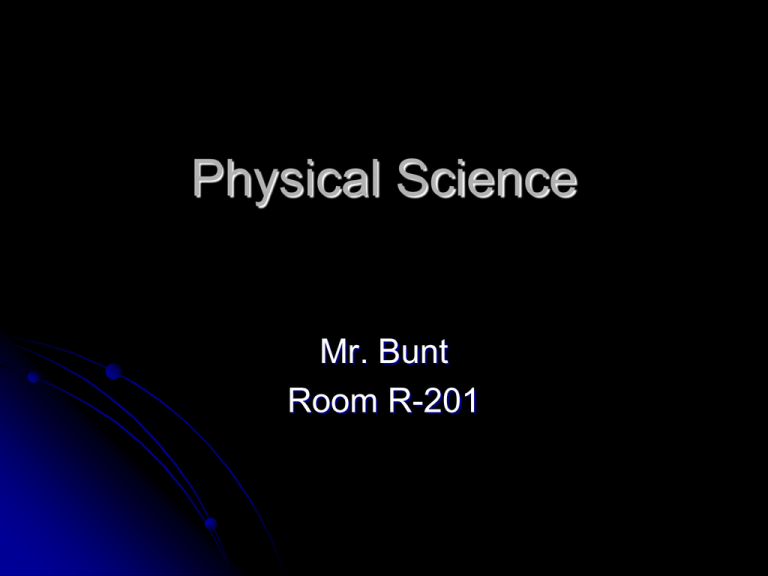
Physical Science Mr. Bunt Room R-201 Classroom Guidelines 1. 2. 3. Use Common Sense at all times Do not give me any more gray hairs Golden Rule Other than that, you’re expected to follow the school handbook guidelines and are subject to consequences that match the offense Grading Homework Policy Content will be divided up into units with a unit test Labs will be conducted at least once per unit Participation Grade Start with 100 points every quarter (9 wks) Points subtracted for being out of class Unexcused absence Tardy Restroom use Excused absence - 10 points - 6 points - 4 points - 2 points Sample of a unit grade 1. H-work and Journals 100 points 2. Lab 30 points 3. Quizzes 20 points 4. Unit Test 50 points Total Points 200 points Can you pass this class? Even if you completely fail the test with a zero you can still have a 75% on the unit The Semester final is worth 20% of your semester grade. Each quarter is worth 40% of your semester grade. The answer is most likely YES Test Questions (yes these will be on the final) What is the goal of science? 1. • To gain knowledge about the world Define “intelligence” 2. • Intelligence is the ability to learn from the world What is the absence of intelligence? 3. • Stupidity, which means the inability to learn from one’s world or situation What’s this class about? Basically a two part course Fall Semester: Chemistry Spring Semester: Physics Basics of “Real” Science Fall Semester: Chemistry Scientific Method & Metric System Properties of Matter Atoms & Molecules Conversions Chemical Equations Chemical Reactions Spring Semester: Physics Measurement and Motion Newton’s Laws Work and Energy Simple Machines Electricity and Magnetism Waves What is “Real” Science? This course will be difficult because it will challenge your reading, writing, and math skills. It is one reason why it traditionally a more challenging class. Real science uses the principles of logic and reasoning to gain knowledge about the world around us. Survive and Thrive The “Bunt Brain” The Scientific Method and the Metric System Unit 1 The Scientific Method (Organized common sense) 1. 2. 3. 4. 5. 6. State a question or problem Gather background information Formulate a hypothesis Conduct an experiment Gather Data Write a conclusion 1. Question Statement Must be specific Must be testable 2. Background Information Gathered in response to the initial question Is there an answer to the question in someone else’s experiment? Leads to the formation of the hypothesis 3. Hypothesis “Educated Guess” Based on information gathered in previous experiments or researching Must be tested in the experiment to see if the “guess” was correct (its ok if you’re wrong sometimes ) 4. Experiment Based on the initial question statement Tests the hypothesis Gives you data 5. Results The “Data” section No answers to the initial question are given Simply lists the results of the testing done in the experiment 6. Conclusion A written statement Answers the initial question Evaluates the hypothesis Sometimes another question is asked and the process starts all over! The Metric System Based on powers of 10 Base Units with prefixes identify the magnitude (size) of the measurement Prefixes KHDMDCM King Henry Died Monday Drinking Chocolate Milk Kilo, Hecto, Deca, Base, Deci, Centi, Milli Biggest Smallest 1000, 100, 10, 1, 0.1, 0.01, 0.001 Converting Units (base units: gram, liter, meter) Kilo, Hecto, Deca, Base, Deci, Centi, Milli 1000, 100, 10, 1, 0.1, 0.01, 0.001 1 kilometer 1 meter 1 meter 1 millimeter = = = = 1000 meters 1000 millimeters 1/1000 kilometer 1/1000 meter Dimensional Analysis Analyze the measurements and simplify 1. 2. 3. Find your question Pick the correct conversion so that you cancel out the unit you don’t want Solve the problem Example: 1,367 meters = km?



